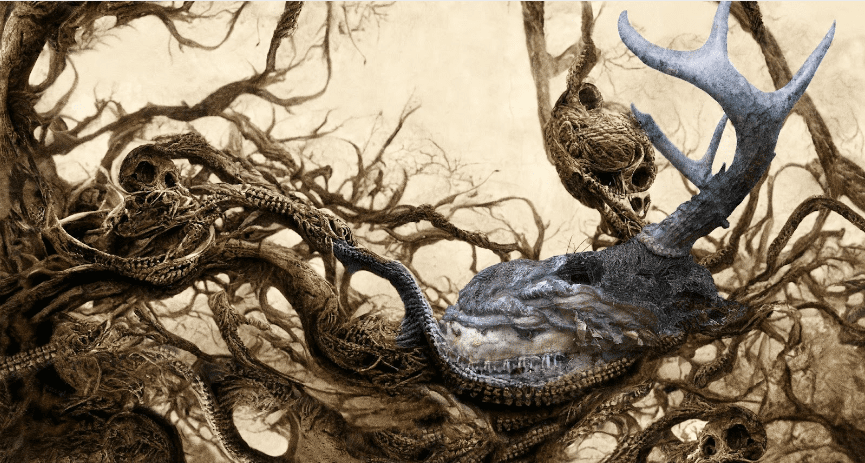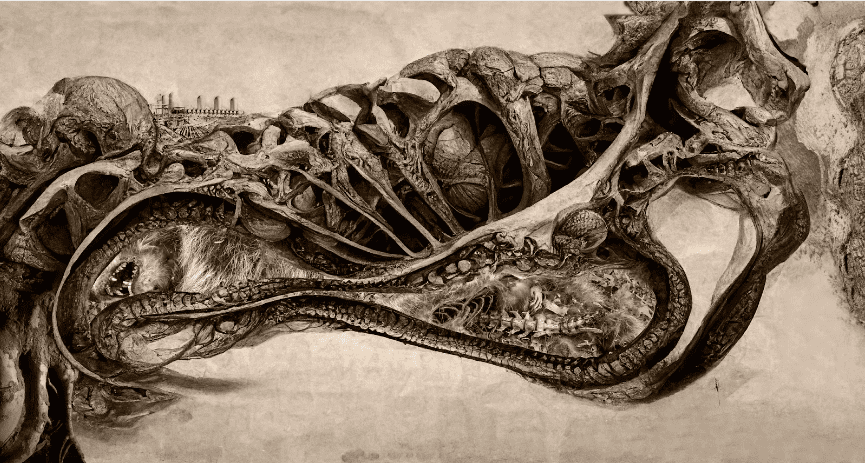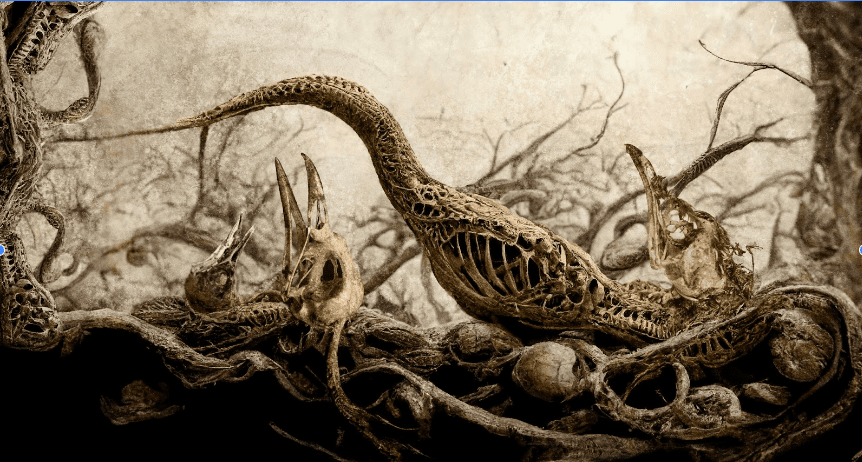Never Say Never About AI
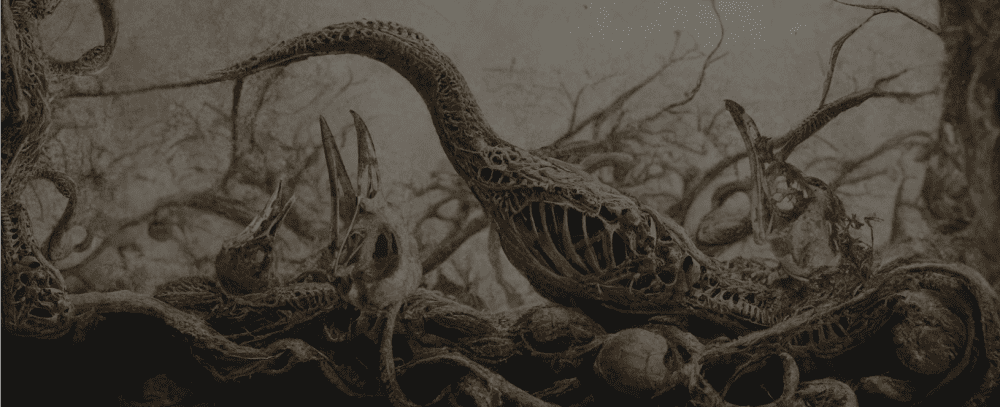
Never Say Never About AI
Story curated by Jeff Murphy & Sabri Gokmen (COAA)
– Jeff Murphy
Jeff Murphy’s career in visual media spans decades, marked by an unwavering passion for film, video, photography, and digital compositing. A seasoned artist and educator at UNC Charlotte for 26 years, Jeff has always pushed the boundaries of creative expression. His early work with lens-based media and composite imagery set the stage for a lifelong exploration of new technologies. “I’ve been working with film and video ever since graduate school,” he recalls, highlighting how his deep roots in visual history have shaped his approach to art and teaching.
Discovering AI
Jeff’s first encounter with generative AI came in mid-2022, a time when innovative tools like Midjourney were beginning to make headlines. Fascinated by the technology’s ability to recreate historical styles—such as generating a daguerreotype of a beloved foster dog—he quickly recognized its potential. “I remember thinking, wow, it is kind of amazing for me as a photographer,” Jeff enthuses, reflecting on that pivotal moment when the past and present of visual art converged in a single technological leap. His curiosity led him to experiment with the beta version of Midjourney, sparking a journey that would forever change his creative practice.
Samples of Jeff’s collage work combining mixed digital media and generative AI.
Integrating Innovation in the Classroom
Recognizing that his students were part of a tech-savvy generation, Jeff was quick to incorporate AI into his curriculum. He introduced a range of AI tools—from Midjourney and Adobe Firefly to ChatGPT—into his digital compositing and design classes. “I just need to get ahead of the curve and figure out how I’m going to use this in class,” he explains, emphasizing his commitment to preparing students for a rapidly evolving industry. In his classes, AI is used not only to generate images and design elements but also as a brainstorming tool. Jeff often challenges his students with creative prompts: one moment they’re generating 3D creatures, and the next, they’re engaging in detailed written critiques that refine their visual vocabulary. By comparing their own descriptions with those produced by ChatGPT, students learn to articulate their creative visions more effectively.
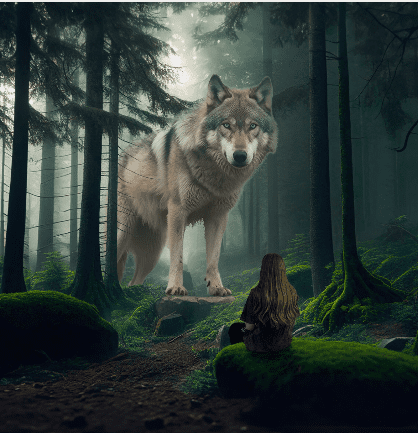
Student work using AI, “Wolf” by Nikole-McCahill

Student work using AI, “Whales” by Nikole-McCahill
Navigating Ethical and Practical Frontiers
As AI tools become increasingly embedded in everyday creative work, ethical considerations and practical challenges inevitably arise. While some educators express concerns about the implications of AI-generated art, Jeff maintains a balanced perspective. “It’s built into Photoshop and the Adobe Premiere beta for video editing,” he notes, underscoring that these tools are here to stay. For him, the key is to use AI as a means to enhance, not replace, the artist’s unique vision. “Don’t spend days working on a 3D model of a certain asset if you can have generative AI just craft you the basics,” he advises, highlighting how AI can democratize creative production by lowering technical barriers while still demanding a high level of creative input.
Jeff is also candid about the risks of over-reliance on AI. He points out that if AI systems continue to “feed on themselves,” there is a danger of homogenizing creative outputs. Yet, he remains optimistic about the future, believing that thoughtful integration of AI will encourage artists to push beyond the ordinary. This balance of embracing innovation while preserving authentic creative expression is central to his teaching philosophy.


Jeff’s use of generative AI to transform dog pictures for adoption.
Envisioning a Dynamic Future
Looking ahead, Jeff envisions a future where AI is interwoven with every facet of visual media. He predicts that AI will transform workflows across disciplines—whether it’s designing entire websites with a few simple prompts or revolutionizing video production. “I would never say never about AI, for sure,” he remarks, confident that creative minds will continue to innovate even as the tools evolve. Jeff also foresees AI playing a significant role in the commercial sphere, influencing industries from graphic design to film and music. He speculates that even traditional roles in creative fields will shift, requiring professionals to harness AI while preserving the essence of human ingenuity.
Even as he plans for a future where his students lead the charge in AI-enhanced creativity, Jeff continues to explore these tools in his personal projects. Beyond the classroom, he uses AI to support his work with rescue organizations, creating promotional graphics that capture the spirit of adoption and care. His playful yet thoughtful integration of technology—even in troubleshooting an electric skateboard malfunction through an hour-long conversation with chatGPT—demonstrates his pragmatic approach to everyday challenges.
As Jeff contemplates retirement, he looks forward to a life with fewer pressures and more time to delve into the evolving world of AI. “When I retire, I’ll probably just have more time to explore these things,” he reflects, a sentiment that encapsulates his enduring passion for both art and innovation. Jeff Murphy’s journey is a testament to the transformative power of AI—a tool that, when harnessed with creativity and ethical mindfulness, can open up new frontiers in the ever-evolving landscape of visual media.
Story curated by Jeff Murphy & Sabri Gokmen (COAA)
Text and Conversations edited using AI.
